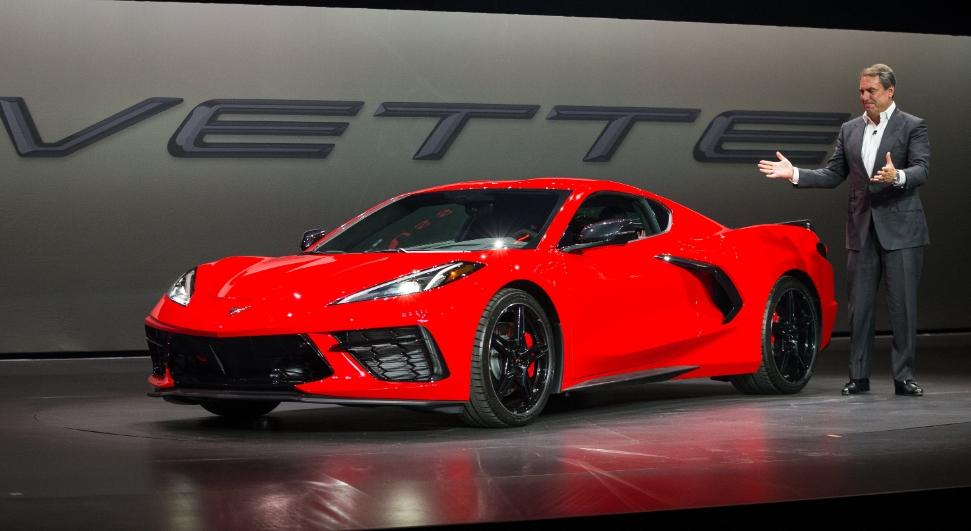- FMA
- The Fabricator
- FABTECH
- Canadian Metalworking
Our Publications
Categories
- Additive Manufacturing
- Aluminum Welding
- Arc Welding
- Assembly and Joining
- Automation and Robotics
- Bending and Forming
- Consumables
- Cutting and Weld Prep
- Electric Vehicles
- En Español
- Finishing
- Hydroforming
- Laser Cutting
- Laser Welding
- Machining
- Manufacturing Software
- Materials Handling
- Metals/Materials
- Oxyfuel Cutting
- Plasma Cutting
- Power Tools
- Punching and Other Holemaking
- Roll Forming
- Safety
- Sawing
- Shearing
- Shop Management
- Testing and Measuring
- Tube and Pipe Fabrication
- Tube and Pipe Production
- Waterjet Cutting
Industry Directory
Webcasts
Podcasts
FAB 40
Advertise
Subscribe
Account Login
Search
From Corvettes to COVID-19 response: How 3D printing transforms technology for General Motors
- July 7, 2020
- News Release
- Additive Manufacturing

The first time a physical version of the mid-engine Corvette came together, 75% of the parts were 3D-printed. General Motors
General Motors typically relies on 3D printing to help launch new vehicles like its first mid-engine Chevrolet Corvette Stingray. During the COVID-19 outbreak, the same technology played a critical role in helping GM transition from making vehicles to medical devices in a matter of days.
“3D printing helps us design and build parts and products faster and in ways we previously couldn’t,” said Kevin Quinn, GM director of additive design and manufacturing. “It’s already having a positive impact on how we develop and build vehicles, like Corvette, and it’s allowed us to apply our mass production expertise to medical supplies and devices.”
The first time a physical version of the mid-engine Corvette came together, 75% of the parts were 3D-printed. No other GM "slow build" design and engineering evaluation has featured this amount or level of detail in terms of its 3D-printed components. This allowed the team to envision what a production vehicle would look like and how all the parts would fit together. They were also able to diagnose and correct issues early on, reducing development time.
3D printing was also used extensively to test and implement Corvette-first features like right-hand drive for international markets and the retractable hardtop.
GM’s expertise in additive manufacturing in turn enabled the company to quickly shift from its core automotive business to medical production.
“We could not have responded to the coronavirus as quickly as we did without 3D printing,” said Ron Daul, GM director of AM. “The investment in both our AM facilities and training the team to leverage 3D printing for development has enabled us to pivot to making ventilators and personal protective equipment virtually overnight.”
- Podcasting
- Podcast:
- The Fabricator Podcast
- Published:
- 04/30/2024
- Running Time:
- 53:00
Seth Feldman of Iowa-based Wertzbaugher Services joins The Fabricator Podcast to offer his take as a Gen Zer...
- Trending Articles
- Industry Events
Pipe and Tube Conference
- May 21 - 22, 2024
- Omaha, NE
World-Class Roll Forming Workshop
- June 5 - 6, 2024
- Louisville, KY
Advanced Laser Application Workshop
- June 25 - 27, 2024
- Novi, MI
Precision Press Brake Certificate Course
- July 31 - August 1, 2024
- Elgin,

























